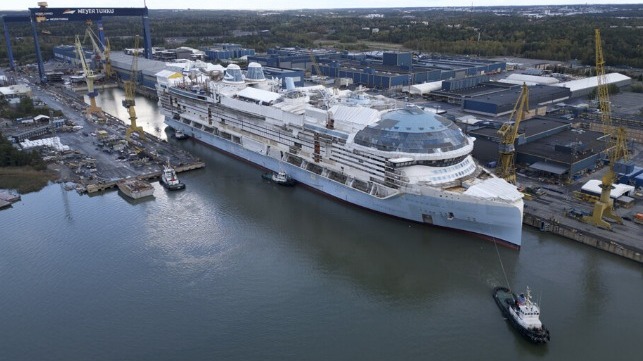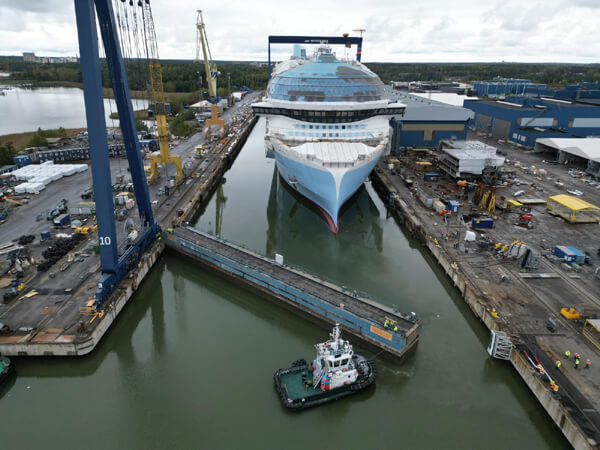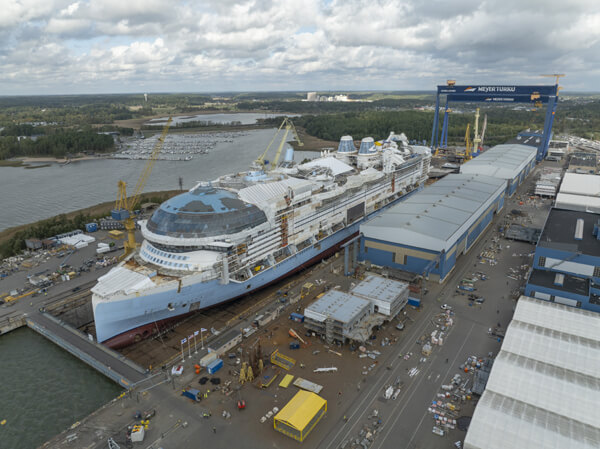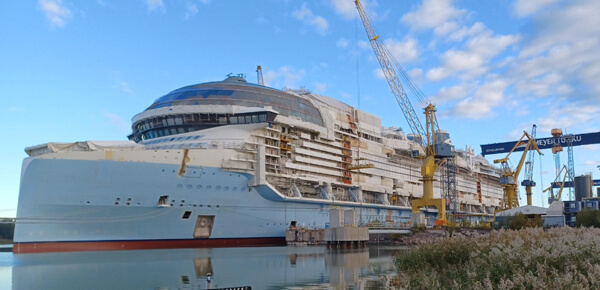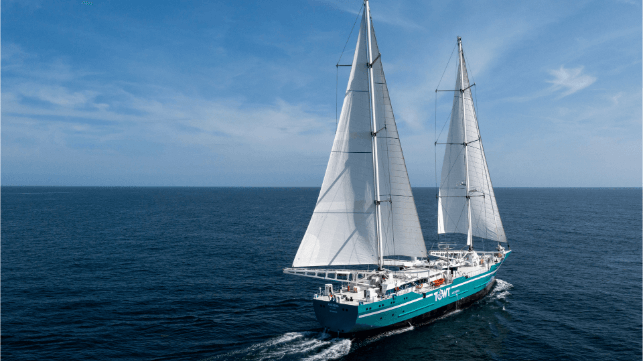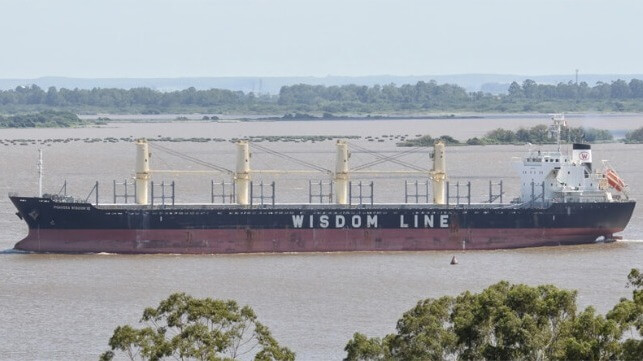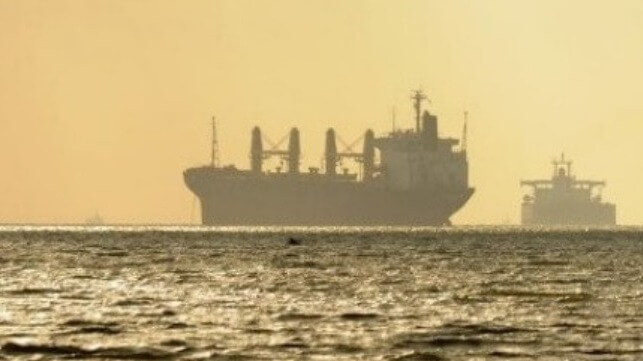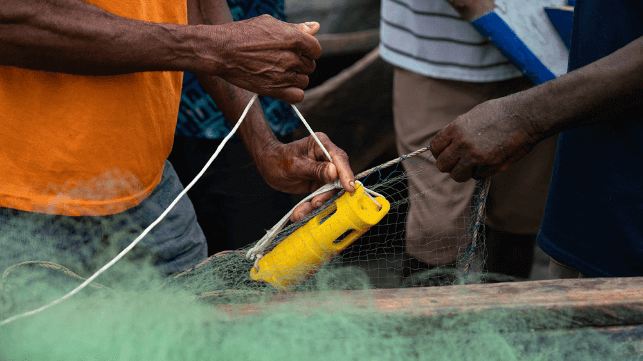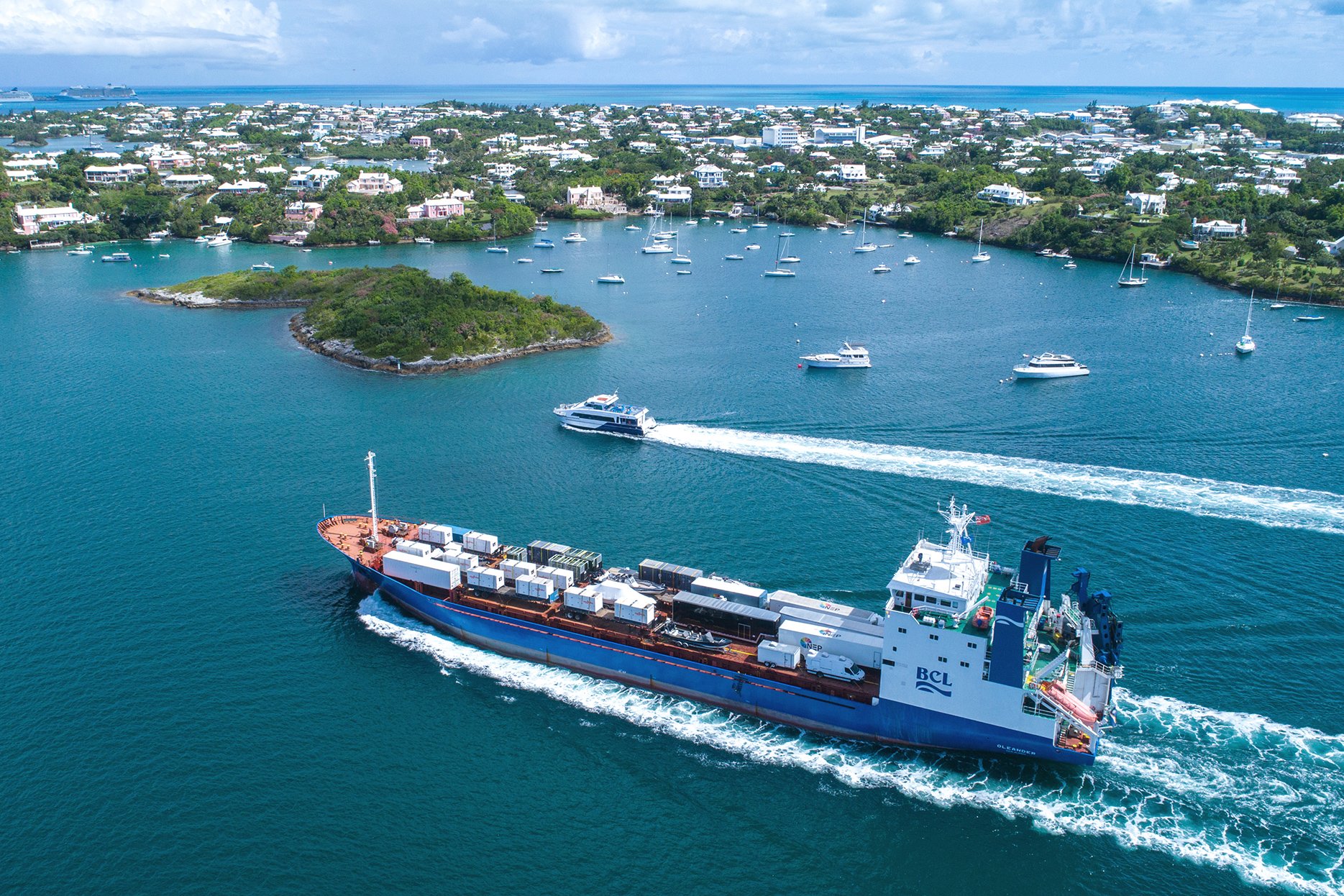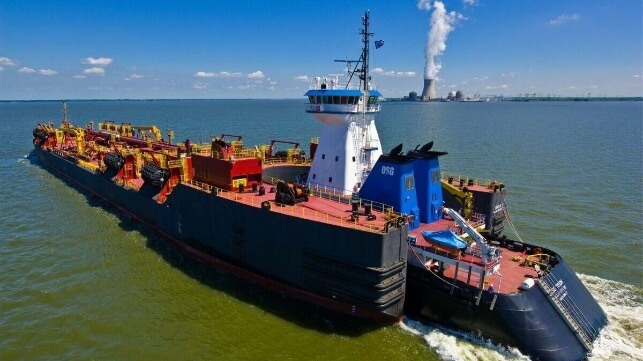Operations Resume at U.S. East/Gulf Coast Ports After ILA Strike
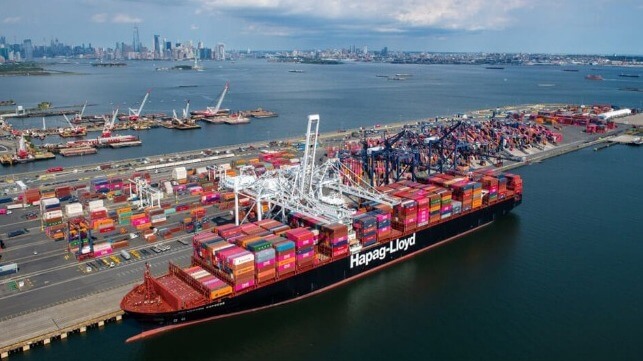
Within hours of the tentative agreement on the wage portion of the International Longshoremen’s Association contract, ports along the U.S. East and Gulf Coast began implementing their predetermined restart plans following the strike. Experts differ on how long it will take to fully recover and the potential for a ripple effect around the globe, but a key hurdle has been cleared. The next challenge is the negotiations on thorny issues such as automation and benefits with the deadline extended to January 15, 2025.
“Closing all ports on the U.S. East Coast and Gulf Coast – even for just three days – comes with severe consequences,” said well-known analyst Peter Sand of Xeneta. “We must now wait to see how quickly the returning workers are able and willing to deal with the huge backlog of ships waiting to offload thousands of containers carrying billions of dollars of goods.”
Sand believes the ripple effect of the strike will spread across global supply chains in the weeks to come. However, others believe it will clear quicker as most of the ports had suspended operations for just three of four days with some terminals opening this weekend and extended hours expected next week to help clear the backlog.
Counts vary but it is between 40 and 50 ships that were waiting offshore at the U.S. ports. Some vessels however were also holding overseas or in places such as the Bahamas. Xenteta notes that as many as 120 more vessels are sailing toward the U.S. ports.
CMA CGM issued an update to customers saying that vessels will be serviced on a “first come – first serve” basis at the terminals. Bethann Rooney, port director at the Port Authority of New York and New Jersey which oversees the third busiest port in the U.S. and the largest on the East Coast, said they had been in touch with local authorities and could prioritize vessels if there was a shortage of a commodity or manufacturing supplies. However, she said so far, no shortages have been identified to prioritize vessels.
Savannah, Georgia reported Friday morning that ships had already docked. They said cargo was moving and that operations would continue to scale up.
At New York and New Jersey, Rooney said 19 containerships were at anchor with a total of 35,000 TEU as well as four vehicle carriers and one specialty ship. She said the Coast Guard, the pilots, and the tugs were coordinating and that ships were beginning to come back to docks with 11 expected to move from the anchorage. New York – New Jersey will start discharging boxes at 7 p.m. Friday and will “go around the clock,” to move containers.
Rooney said there were 21,000 containers left on dock when the strike began Monday night and that they need to move as well as the 35,000 TEU now incoming. Two terminals will be open this weekend with the remainder back in service Monday morning. There were approximately 1,000 reefer boxes on dock but they do not expect any spoilage due to the short duration of the work stoppage.
“We should be able to recover very quickly,” Rooney told a media briefing noting that the NY-NJ port typically handles more than 400,000 boxes a month. She said the current volume is “less than one week of activity.” She also highlights the port has experience as it has been closed in the past for a few days due to winter storms and longer during Superstorm Sandy or after the 9/11 attack.
President Joe Biden and Acting Secretary of Labor Julie Su both issued statements highlighting that collective bargaining had worked. They applauded the efforts, quick agreement, and recognition of the vital contribution of the dockworkers.
Sources told CNN that the settlement is for $4 per hour in wages annually which amounts to about 10 percent increases for each of the six years of the contract. The total $24 increase is 62 percent for the life of the contract. They are saying the strike amounted to the difference between a $ 3-an-hour offer from USMX and a minimum of $4 set by the union.
The plan is that the two sides will return to the negotiating table to resolve the remaining issues with the Master Contract extended to January 15. They will still have to tackle the ILA demand for no automation. Asked about the current level of automation, Rooney said there is no full automation in the Port of New York and New Jersey currently.
USMX proposed continuing the current contract terms on automation. That calls for a committee including union representatives to review any request from the terminal operators for any automation systems.
Tentative Agreement in ILA Strike as Vessels Choose to “Wait it Out”
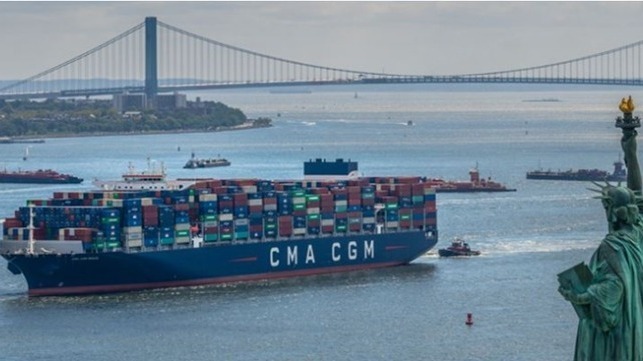
Late on the third day of the International Longshoremen’s Association strike that suspending operations at 36 U.S. East and Gulf Coast container and RoRo ports, a tentative agreement was reached settling the wage dispute but leaving the other elements open for negotiation. The agreement to restart port operations came as pressure continued to grow on both sides to resolve the dispute. Possibly encouraged by the rumors of movement, carriers let vessels pile up outside the ports.
In a joint announcement Thursday evening, the ILA and the U.S. Maritime Alliance said the tentative agreement is on the wage portion of the Master Contract. They also agreed to extend the Master Contract until January 15, 2025, so that they could return to the bargaining table to negotiate all other outstanding issues. Effective immediately, all current job actions will cease and all work covered by the Master Contract will resume. Unconfirmed reports from Reuters said the tentative agreement is for an approximately 62 percent wage increase over the six-year term of the Master Contract.
Earlier in the day, both sides in the strike appeared surprised by the vitriolic response with massive negative media and social media responses and comments vilifying union leadership and the CEOs of the shipping companies. At the same time, the pressure continued to build from industry and political leaders. The Biden administration came out strongly in favor of the ILA pressing the employers represented by the U.S. Maritime Alliance to raise its wage offer.
With rumors swirling in the industry reporters asked President Joe Biden about what was being done. Acting Labor Secretary Julie Su has said she is spending many hours on the telephone and in meetings with the ILA acknowledging she had been “opening doors.”
Biden on Thursday said without explaining he thought they were “making progress.” He said we would know “soon.” Biden in his public statements put pressure on the USMX to raise the wage offer and to recognize the vital contribution of the dockworkers.
The number of ships waiting continued to rise exponentially. From just three on Sunday, Everstream Analytics, a supply chain risk manager, said as of Thursday morning there were 54 vessels anchored. Savannah and New York are showing the highest numbers but it continues to grow. Everstream calculates that vessels are now waiting offshore at eight ports. The company said in its analysis that many seem to have decided to “wait it out” while warning the vessel backlog could double by the end of the week.
CMA CGM released a list of 11 vessels as of Thursday afternoon that it said were waiting. The carrier advised customers, “CMA CGM is closely monitoring the situation and working to mitigate impacts to cargo and operations by diverting cargo and vessels to alternate ports of discharge or discharging cargo at transshipment ports for temporary storage.”
Analytics firm Sea-Intelligence warned in the first week the capacity loss is at its highest (around 775,000 TEU) due to vessels already stuck on the East Coast plus the incoming vessels. Sea-Intelligence believes the number in the first week will top 60 vessels.
“The subsequent three weeks show a loss of around 443,000 TEU,” highlights Alan Murphy CEO of Sea-Intelligence. “Should the strike last four weeks, causing seven percent of the global fleet to be tied up along the U.S. East Coast, the overall impact on the supply and demand equation will be very significant.”
In addition to the strong public backlash to the strike, pressure is coming from manufacturers, importers, exporters, and other segments of U.S. business. A group of over 270 trade associations led by the National Retail Federation sent a new letter to the White House calling for intervention. They continue to warn of “devastating consequences” if there is not a quick resolution.
The media reporting had already caused a level of public anxiety. Despite analysts saying there would not be a significant near-term impact, there are reports of consumers beginning to panic buy and stockpile essentials.
“While the government hasn’t stepped in yet to force both sides to the table, if this strike spreads, they absolutely will have to do so,” warned Vidya Mani, an associate professor at the University of Virginia’s Darden School of Business, whose areas of expertise include supply chain risk management. She expected “moderate increases” to prices from a short-term strike “perhaps single-digit increases.” However, in her analysis, if the government does not intervene and the strike lasts longer than a month, “we will see some significant price increases on basic goods, close to 20 to 30 percent.”
Tonight's settlement however does not address the issue of automation. Harold Daggett, President of the ILA, has been adamant in his statements that the union would not accept any automation or even semi-automation. He cited the use of the auto gate system in Mobile as an example of the union losing jobs to automation. The employers represented by USMX proposed keeping the language from the prior contract limiting the use of automation.
